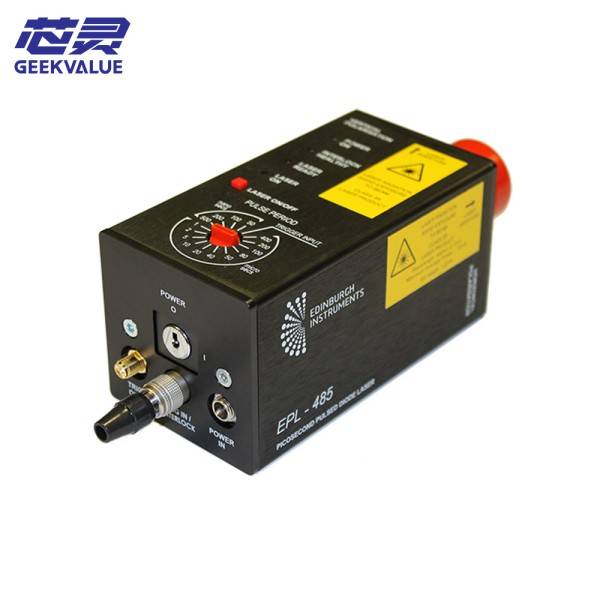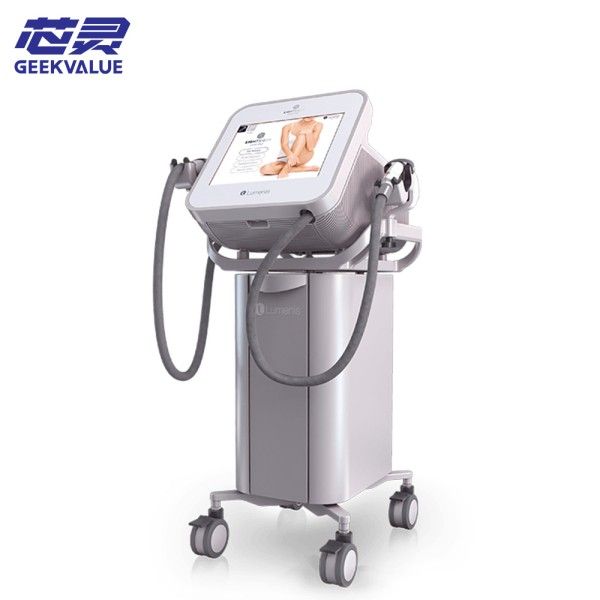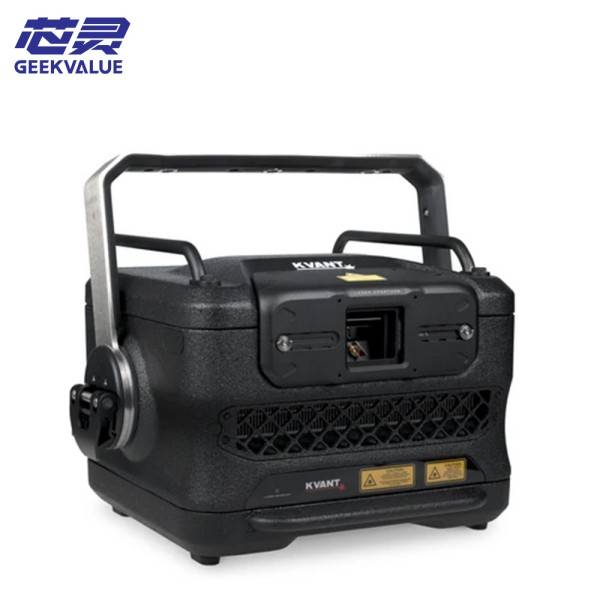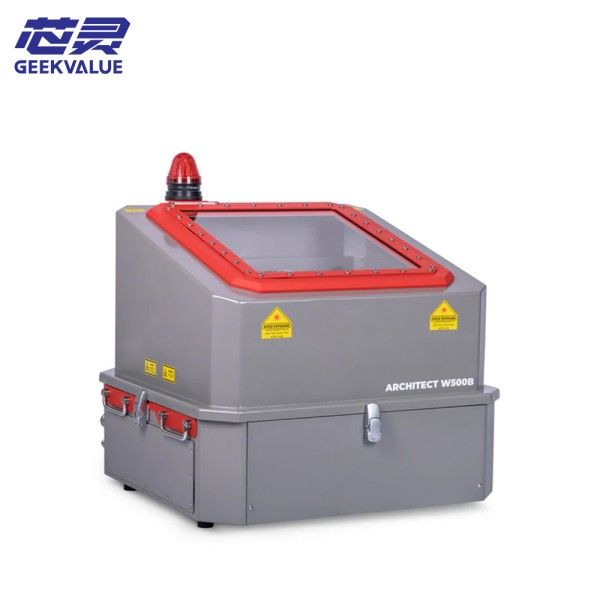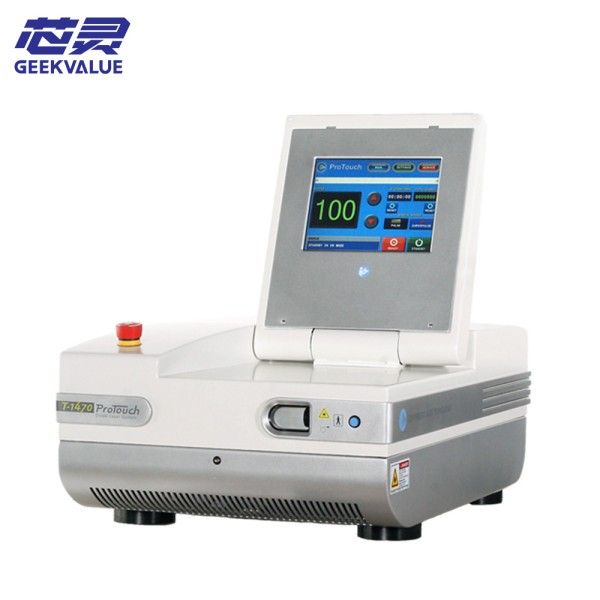Edinburgh Instruments' EPL-485 is a high-performance picosecond pulsed diode laser designed for fluorescence lifetime measurement and time-correlated single photon counting (TCSPC) applications. As a cost-effective excitation source, it bridges the gap between nanosecond flash lamps and expensive mode-locked titanium sapphire femtosecond lasers23. The following is a detailed introduction to the EPL-485 from multiple aspects, including technical parameters, design features, and application areas.
Product Overview and Technical Parameters
The EPL-485 is one of the EPL series of picosecond pulsed diode lasers from Edinburgh Instruments, with the following core technical parameters:
Wavelength characteristics:
Nominal wavelength: 485 nm
Wavelength range: 475-490 nm
Linewidth: <6.5 nm
Pulse characteristics:
Pulse width (at 10MHz): maximum 120 ps, typical 100 ps
Preset repetition rate: 10, from 20 KHz to 20 MHz
External trigger capability
Power characteristics:
Average power (at 20MHz): 0.06-0.10 mW
Peak power (at 10MHz): 20-35 mW
Electrical characteristics:
Power supply: 15-18V DC, 15W (2.1 mm DC jack)
Trigger output: SMA, NIM standard
Interlock input: Hirose HR10-7R-4S(73)
Physical characteristics:
Overall dimensions: 168 mm (length) × 64 mm × 64 mm
Collimator dimensions: ø30 mm × 38 mm
Weight: 800 g
Product design and performance features
The EPL-485 laser has many innovative design and performance advantages:
Optimized for TCSPC: Designed specifically for time-correlated single photon counting applications with extremely short pulse width and precise time control.
Spectrally purified output: Spectral purification is achieved through integrated interference filters to reduce stray light interference.
Compact integrated design: The fully integrated design includes drive electronics and is compact (168 × 64 × 64 mm) for easy integration into various experimental systems.
Low RF radiation: Special attention is paid to reducing RF interference in the design, suitable for sensitive experimental environments.
Optimized beam quality: Equipped with proprietary beam conditioning optics, it provides a well-collimated output beam.
Ease of operation: Rugged and maintenance-free design simplifies daily use.
Temperature control: Built-in active cooling system ensures stable operation.
Application areas
The EPL-485 picosecond pulse laser is mainly used in the following scientific research fields:
Fluorescence lifetime measurement: As an ideal excitation source for TCSPC (time-correlated single photon counting) systems, it is particularly suitable for measuring fluorescence lifetime.
Time-resolved spectroscopy: It can be used for various time-resolved spectral measurements to study fast kinetic processes.
Biomedical research: It is suitable for fluorescently labeled biomolecule research, cell imaging and other fields.
Material science: It is used to study the excited state dynamics of semiconductor materials, quantum dots, organic luminescent materials, etc..
Chemical analysis: It can be used to study chemical reaction kinetics, energy transfer processes, etc..
Product Series and Comparison
The EPL-485 is part of the EPL series of picosecond pulsed lasers from Edinburgh Instruments, which includes models with multiple wavelengths:
UV to NIR range: EPL-375, EPL-405, EPL-445, EPL-450, EPL-475, EPL-485, EPL-510, EPL-635, EPL-640, EPL-655, EPL-670, EPL-785, EPL-800, EPL-980, etc..
The EPL series fills the gap between nanosecond flash lamps and expensive femtosecond lasers, providing an ideal balance of performance and cost compared to other technologies.
Availability: Usually ordered, prices may fluctuate due to exchange rates, tariffs, etc.
Summary
The EPL-485 picosecond pulsed diode laser from Edinburgh Instruments is a high-performance excitation source optimized for TCSPC and fluorescence lifetime measurements. Its 485nm blue wavelength, <100ps pulse width, adjustable repetition rate from 20kHz to 20MHz, and compact design make it an ideal choice to bridge the gap between nanosecond flash lamps and expensive femtosecond lasers. The instrument is widely used in research work in fields such as chemistry, biology, physics, and materials science.
For researchers who need precise time-resolved measurements, the EPL-485 provides a reliable, easy-to-use, and relatively cost-effective solution, making it an excellent choice for fluorescence lifetime measurement systems in the laboratory.
